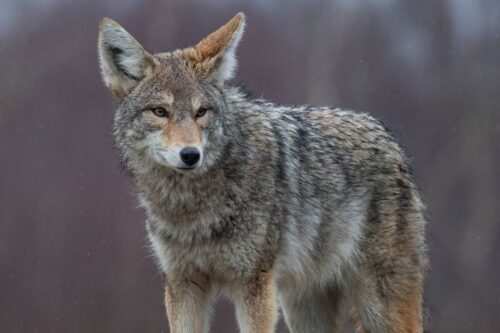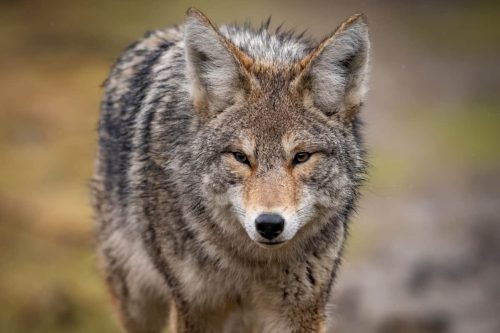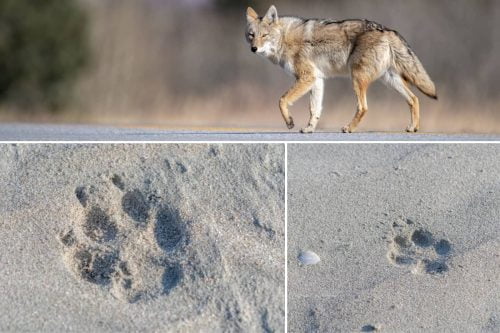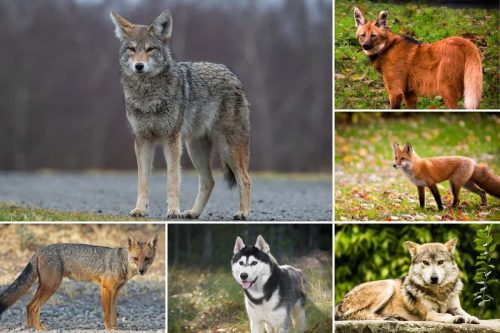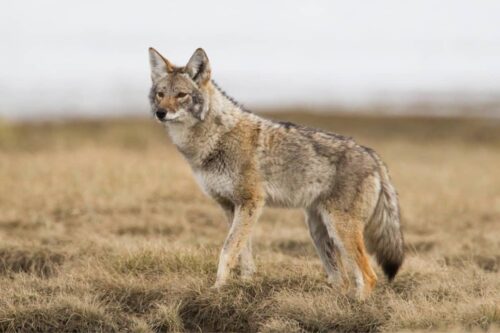How Far Away Can A Coyote Smell A Cat: Tracking The Scent
Coyotes have an incredibly keen sense of smell that they use for hunting and detecting potential prey. It’s often said that a coyote’s sense of smell is so acute that it can detect scents from up to a mile away. In a smelling sense, they are even much better than dogs with 40 to 50% more powerful olfactory receptors. Coyotes utilize this extraordinary sense of smell for various purposes like searching their prey, finding out the other animals of their pack and most detecting the danger of their own predators coming towards them.
In this scenario, one question which is often raised is how far away can a coyote smell a cat. In this article, we are going to answer this question in a very detailed manner and I hope you will be much satisfied after reading the exact power of coyote smelling sense. The first question which we need to answer first in this regard is how far can Coyotes smell overall?
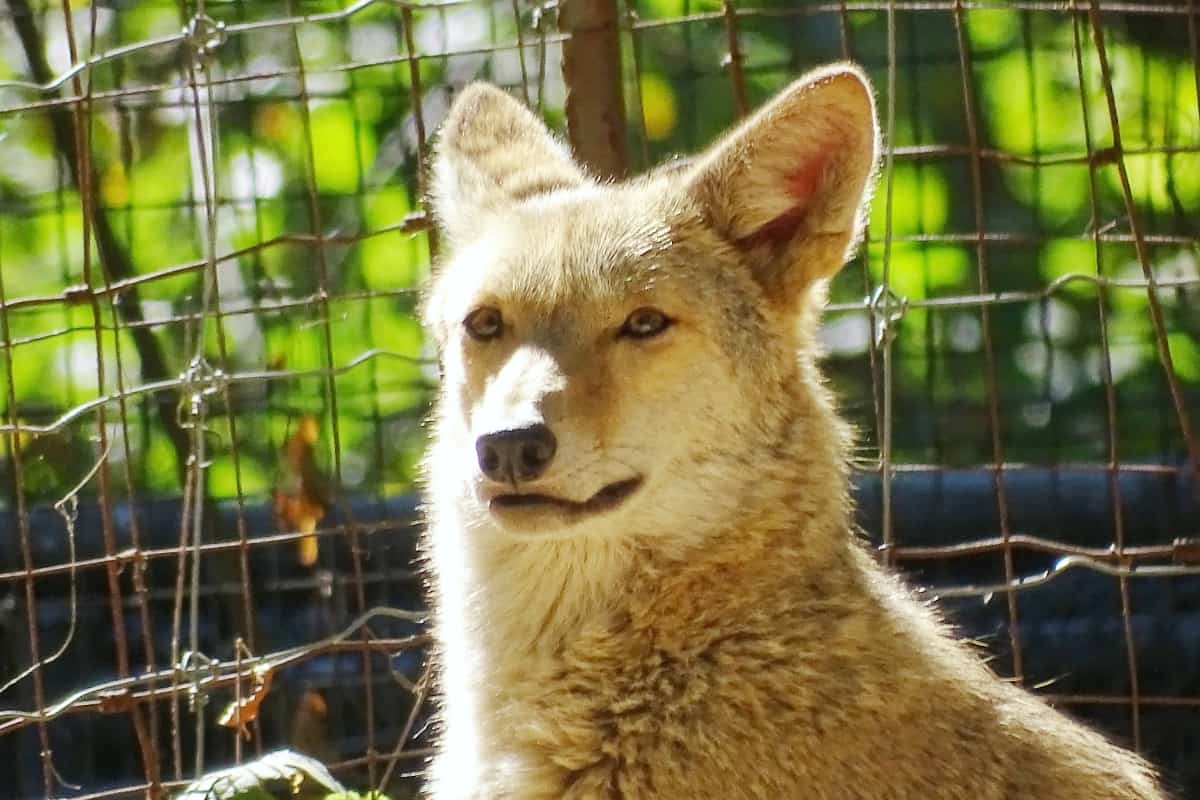
Contents
How far can a coyote smell?
A coyote’s sense of smell is incredibly powerful and is estimated to be between 10 to 20 times more acute than that of a human. While it’s often stated that a coyote can detect scents from up to a mile away but it can vary and depend on several factors, wind direction plays a significant role in how far a coyote can detect a scent. If the wind is blowing towards the coyote from the source of the scent, they can detect it from a greater distance.
Humidity, temperature, and other weather factors can also influence the dispersal and intensity of scents in the air. Some scents are more potent and travel farther than others. Strong-smelling substances are more likely to be detected at greater distances. Individual coyotes may also have variations in their ability to detect scents based on their age, health, and experience.
Given all these variables, while a mile is often mentioned as a rough estimate of a coyote’s scent detection range, they might not always detect scents from such a great distance in every situation. However, it’s still safe to say that a coyote’s sense of smell is incredibly powerful and is a vital tool they use for hunting and survival.
How far away can a coyote smell a cat?
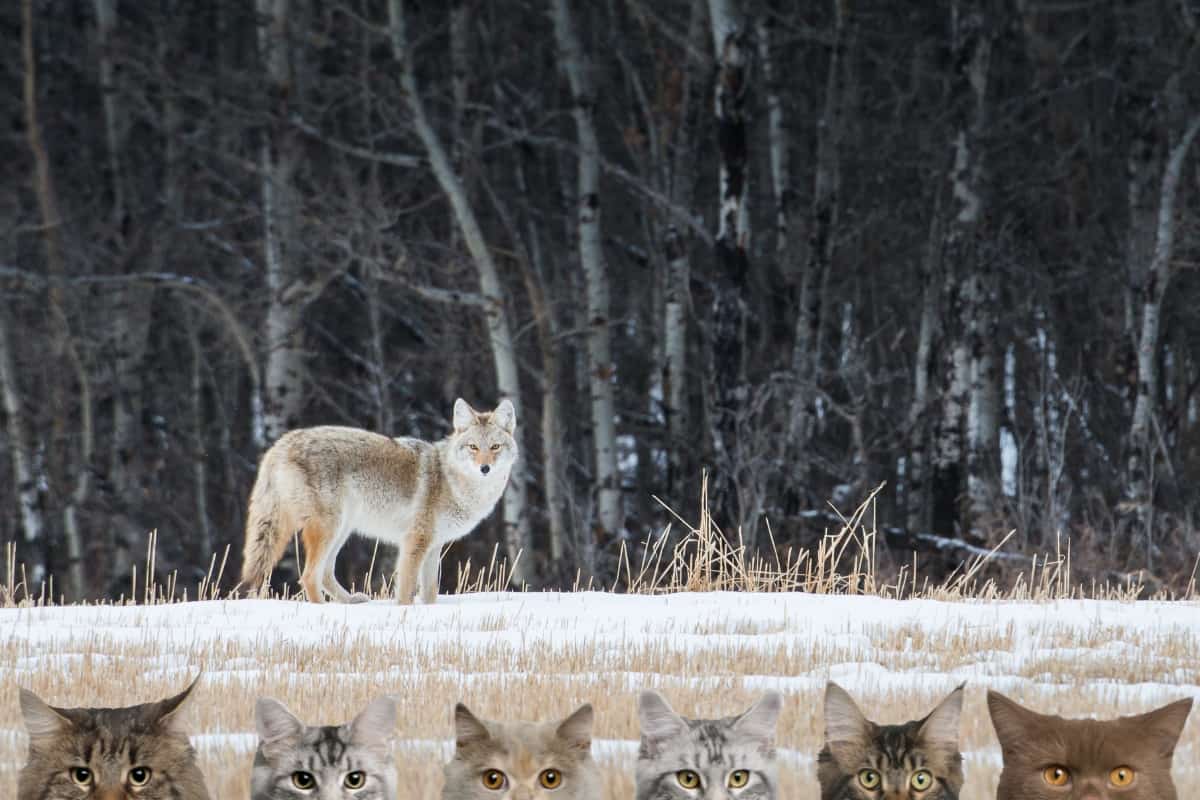
Coyotes are actually quite good at detecting the scent of domestic animals like cats and dogs. These domestic animals also give off a very strong smell which is mainly released from their urine and feces. In this regard, the diet of the cat also matters a lot. If the cat is eating a lot of fish and other foods having a very pungent smell then it would be very easy for the coyote to detect it.
Overall, we can say that coyote might be able to detect the scent of a cat from a considerable distance, especially if the conditions are favorable, but pinpointing an exact range is difficult.
How often cats are hunt down coyotes?
The frequency of domestic cats being eaten by coyotes can vary depending on a variety of factors, including the geographic location, habitat, human population density, and the behavior of both cats and coyotes. In areas where urban or suburban development encroaches and where coyotes are common, interactions between domestic cats and coyotes can occur.
It’s challenging to provide specific statistics for how often cats are eaten by coyotes because these incidents often go unreported and can vary widely by location. In some areas, well-fed urban coyotes might be less likely to prey on domestic cats due to the availability of other food sources, while in more rural areas, where natural prey might be scarcer, the risk could be higher.
However, it’s important to note that not all domestic cats are at equal risk of being eaten by coyotes, as some preventive measures can be taken to reduce the chances of such incidents.
How to Protect Your Cats from Coyotes?
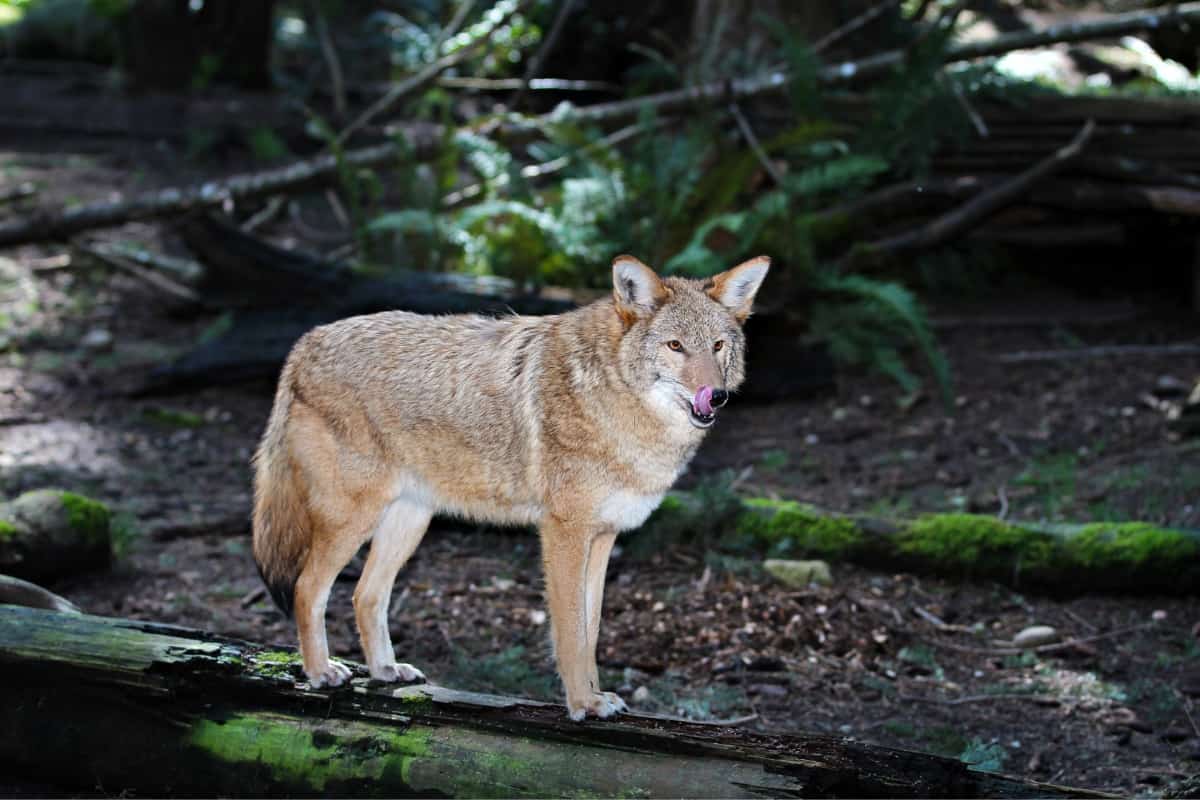
Protecting your cat from coyotes involves taking a combination of precautions to minimize the risk of encounters and potential harm. Some of the steps which you can take in keeping your pets like cats safe from wild animals like coyotes are given:
- The safest option is to keep your cat indoors at all times. Indoor cats are protected from a range of dangers, including predators, vehicles, and diseases.
- If you want your cat to enjoy the outdoors, supervise their outdoor activities closely. Be present when they’re outside and keep them within a safe and enclosed area.
- Building an outdoor enclosure that’s secure and enclosed can provide a safe space for your cat to experience the outdoors without the risk of direct contact with predators.
- Coyotes are most active during dawn and dusk. Try to avoid letting your cat outside during these times when coyotes are more likely to be on the prowl.
- Install motion-activated lights around your property. These can startle and deter coyotes from approaching.
- Ensure that outdoor garbage cans and compost piles are secure, and avoid leaving pet food or water outside. These can attract coyotes and other wildlife.
- Clear dense shrubs and bushes near your home. This removes potential hiding spots for coyotes and makes it harder for them to approach unseen.
- Coyotes can be deterred by loud noises. Consider using noise-making devices or yelling to scare them away if you spot them nearby.
- If you have a yard, install a sturdy fence that’s at least six feet high and extends underground a bit to deter digging.
Can a Cat Fight Off a Coyote?

Cats are generally not equipped to fight off coyotes, especially in a direct confrontation. Coyotes are larger, stronger, and more adapted for hunting and fighting than domestic cats. Coyotes are skilled predators with powerful jaws and sharp teeth, and they have the advantage of being able to work together in packs. While domestic cats are agile and can be formidable fighters against smaller threats, such as other cats or small rodents, they are at a significant disadvantage when facing a coyote.
Can a Cat Outrun a Coyote?
Cats are generally fast runners than humans, and they can reach impressive speeds in short bursts. However, when it comes to outrunning a coyote, the situation is more complex. While cats can be quick and agile, coyotes are also fast runners and have greater endurance due to their adaptations as predators.
Coyotes are capable of running at speeds of up to 40 miles per hour for short distances. This is significantly faster than most domestic cats, which can reach speeds of around 30 miles per hour for short sprints. Thus, we can say that cats can never outrun a coyote.
Do Coyotes Use Their Sense of Smell for Hunting?

Yes, coyotes rely heavily on their sense of smell for hunting and survival. Their acute sense of smell is one of their most important sensory tools, allowing them to locate food, avoid predators, and communicate with other coyotes. Coyotes are opportunistic predators and have a varied diet that includes small mammals, birds, insects, fruits, and scavenged food. They use their sense of smell to detect prey, track prey, mark territory, locate carrion, and do communication.
Frequently asked questions
Conclusion
Indeed, there is no definitive answer for a question like how far away a coyote can smell a cat but it’s clear that coyotes possess an acute sense of smell that plays a crucial role in their survival. Their olfactory prowess allows them to detect a variety of scents, including those of potential prey like cats.
The scent-marking behaviors of cats and the scents left behind in their territories might catch the attention of a passing coyote. However, it’s important to note that the interaction between coyotes and cats can vary widely based on factors such as the environment, urbanization levels, and individual animal behaviors.

Izzy is an experienced ranch worker who has a passion for exploring nature and getting up close to wildlife. With her connections to various animal organizations, Izzy is well-versed in animal care and rehabilitation.


